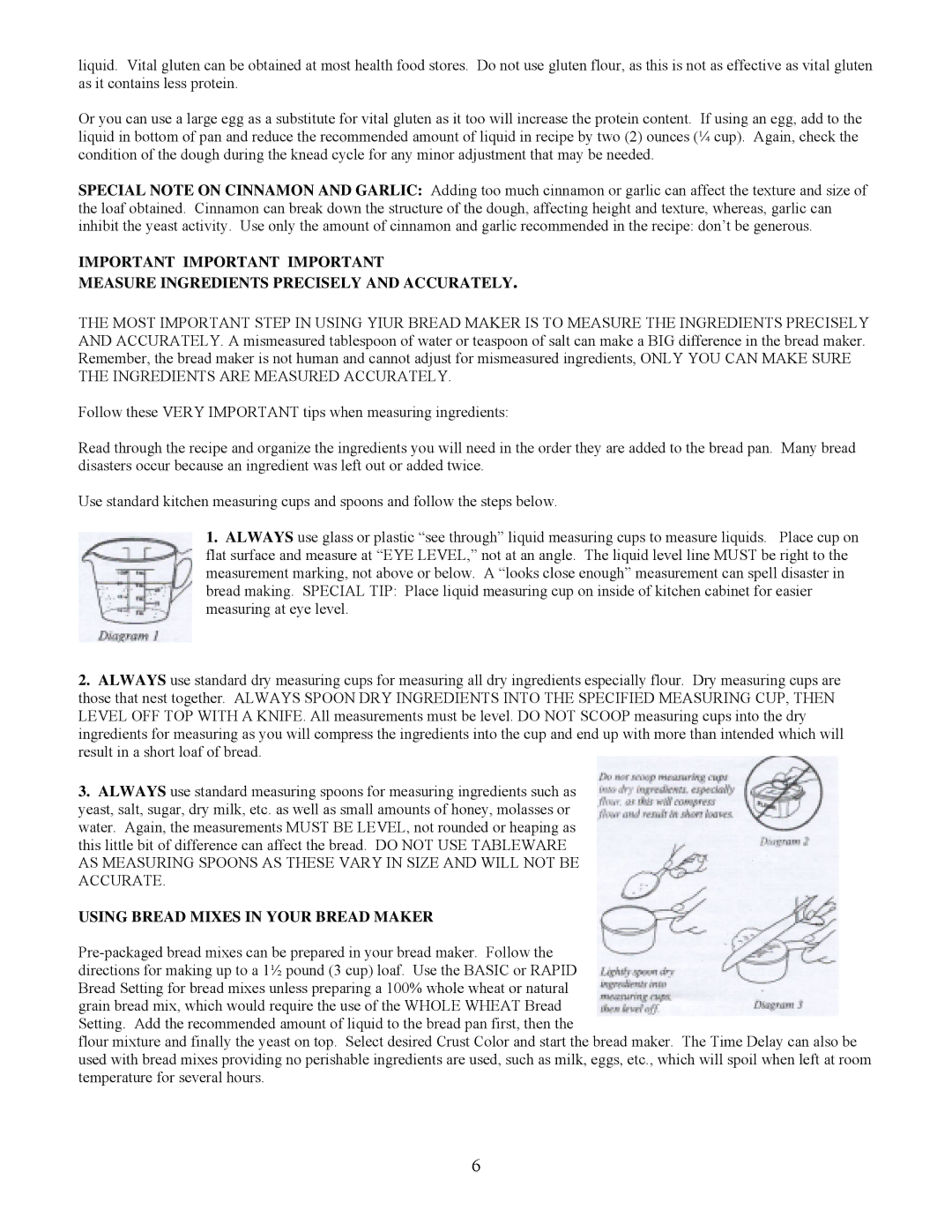I, 5225 specifications
West Bend 5225I is a standout kitchen appliance that caters to both the home cook and the culinary enthusiast. This innovative electric pressure cooker has gained considerable popularity for its versatility and advanced features, transforming the cooking experience for users.One of the main attractions of the West Bend 5225I is its impressive capacity. With the ability to accommodate large meal preparations, it is an ideal choice for families or individuals who enjoy batch cooking. The spacious interior allows for effortless cooking of classic dishes such as stews, soups, and casseroles, making it a valuable asset in any kitchen.
The West Bend 5225I is equipped with multiple cooking functions, allowing for a range of culinary techniques at the touch of a button. It includes options for pressure cooking, slow cooking, sautéing, and even steaming. This multifunctionality eliminates the need for multiple appliances, making it a space-saving solution that promotes efficiency in meal preparation.
Advanced safety features are incorporated into the design of the West Bend 5225I. The appliance is built with a sturdy locking lid that ensures safe operation during high-pressure cooking. Additionally, it includes built-in safety mechanisms that prevent overheating and over-pressurization. These thoughtful safety enhancements provide peace of mind for users, particularly those who may be new to pressure cooking.
Technologically, the West Bend 5225I boasts a user-friendly digital control panel that simplifies operation. The intuitive interface allows users to easily select cooking settings, adjust cook times, and monitor the cooking process. A clear LED display provides real-time feedback, ensuring that users can track their meals with ease.
Furthermore, the non-stick inner pot of the West Bend 5225I makes cleaning a breeze. It is designed to distribute heat evenly, which not only enhances cooking performance but also simplifies post-cooking cleanup. The pot is removable and dishwasher safe, adding another layer of convenience.
In conclusion, the West Bend 5225I stands out as a versatile, safe, and user-friendly electric pressure cooker. Its combination of features, including ample capacity, multifunctional cooking options, advanced safety mechanisms, and easy-to-use technology, positions it as an essential tool for anyone looking to elevate their cooking experience. Whether you are preparing a hearty meal for a crowd or a quick dinner for yourself, the West Bend 5225I is sure to meet your culinary needs.

